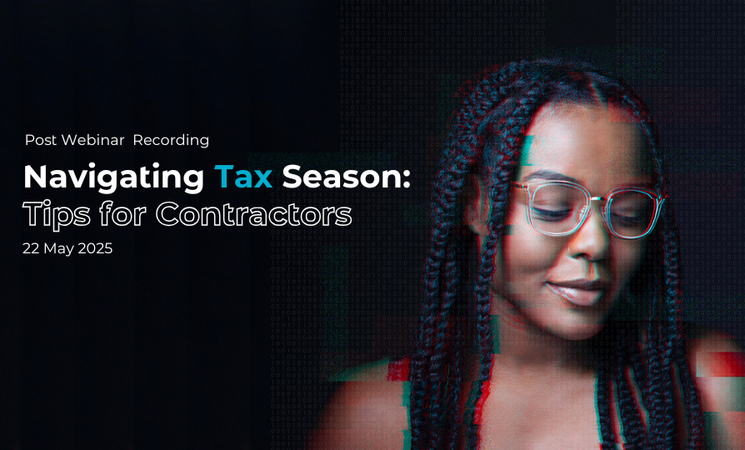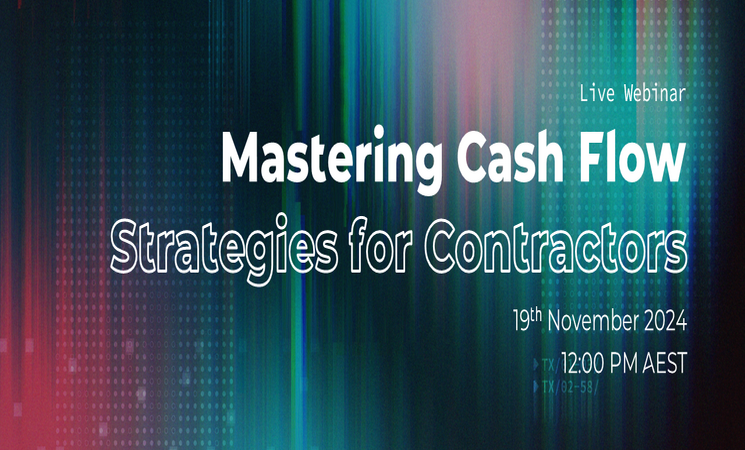The time has come. You’ve decided to dip your toe into the job market and make your next move. In a competitive market, you want to stand out from other candidates and make a good impression. So, what steps can you take to achieve this and secure your ideal role? Let’s jump into it:
1. Look at job boards
When applying for a job, you may first begin by looking to job boards for positions best suited to your qualifications and skills. It’s a great idea to scan company job boards to see who is recruiting and to assess the openings available. Alternatively, you can use the services of a recruitment agency like Talent, to help guide you through the entire application process, including locating tech roles that would be a perfect match for you.
2. Sign up for job alerts
It’s a great idea to sign up for job alerts, be it through job sites or platforms such as LinkedIn, to constantly stay in the loop about which companies are hiring in your industry and field. Job alerts will allow you to save time and effort in constantly sifting through hundreds of job listings online. You will instead be notified of the most relevant roles for you and can quickly jump on the opportunity to apply.
3. Use your network
It’s not always about what you know, but who you know, so use your network wisely. It can be your greatest asset – you never know who could help you land your next dream job! Professionals within your network can alert you of job openings, refer you to others who could give you a step up in the application process, or afford you other opportunities which can lead you one step closer to securing your ideal role. Taking the steps now to build up your professional network will stand you in good stead when it gets to crunch time.
4. Strengthen your resume
Now is the time to take the plunge and apply for that role you’ve spotted. According to Anthony Whyte, Talent Adelaide Managing Director, “When applying, your resume should be in reverse chronological order and highlight all your achievements and outcomes”. In other words, make sure your most recent employment roles are listed first so the hiring manager can easily see a history of your working life, with the most relevant roles located at the top. Your achievements should also be front and centre. You’ve earned them, so show them off! You want to demonstrate to the hiring manager that you are an ideal candidate for the role because of your past experience, achievements and skills. But remember, above all, keep it relevant – tailor your resume to the job description to ensure you have the greatest chance of scoring an interview.
5. Tailor your cover letter
Whyte suggests formulating a “short succinct cover letter tailored to the job and addressed to the appropriate person” when applying for a role. Keep it relevant and make sure it specifically addresses the job description. You want to demonstrate that you have the skills and characteristics that the position demands. As Whyte explains, it is also a good idea to determine who exactly the cover letter should be addressed to. It shows that you have done your research. Bonus points for locating their name and not just their title. It is a respectful move which demonstrates that you not only value the hiring manager and their time, but also value the position and want to make a good impression.
6. Follow up
So, you’ve submitted an application. Now what? Whyte suggests following up by phone or email after this step. This will not only help you move to the forefront of the recruiter or hiring manager’s mind, but will also communicate a sense of ambition and eagerness – two qualities that anyone would want in a new recruit. It will show that you are keen to work, suggesting that you will be a strong performer in the role.
7. Be accessible
If you want to be a front-runner in the candidate pool, Whyte notes that it’s important you be accessible, “it sounds obvious, but if we were to call you, you need to pick up your phone”. Hiring managers want to know that you will be a reliable worker. Accessibility can be a strong indicator of this. Make a good impression during the application stage and you will be a shoe in for landing your dream role.
At Talent, we can help you through each stage of the job application process. From locating available positions, to placing you in the perfect role, we’ve got you covered every step of the way. Get in touch with us today to see what we can do for you or check out our jobs board.










